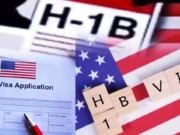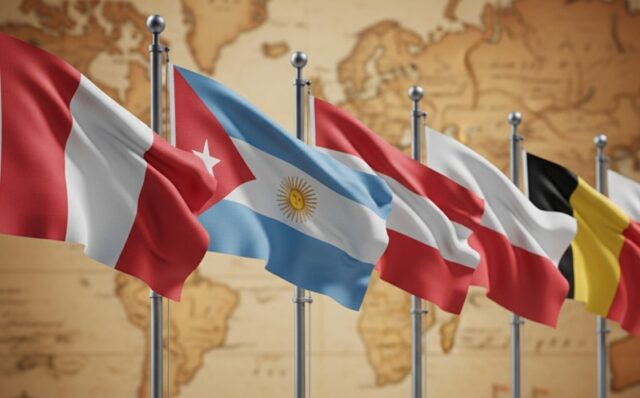Welcome back to Part Five of our fascinating series on National Flags! I’m eager to showcase another six designs that are pivotal to world history and vexillology. These flags are not just beautiful; they are symbols born from revolutionary fervor, shared heritage, and unique national identity.
Recap and Today’s Focus
We have reviewed twenty-four compelling National Flags in our previous segments, covering continents and centuries. From the oldest continuously used flag (Denmark) to the only square flag (Switzerland), our journey has highlighted the critical role of design. Today, in Part Five, we turn our attention to six flags that share threads of common history, specifically from Europe and Latin America: Peru, Cuba, Argentina, Poland, Austria, and Belgium. Get ready to review their specific colors, ratios, and fun facts!
| Country | Flag Picture (Symbolic Representation) | Launch Date (Modern Version) | Shape/Size/Aspect Ratio |
|---|---|---|---|
|
Peru
|
Vertical triband of red (hoist and fly sides) and white (center). The state flag includes the Coat of Arms.
|
Officially adopted February 25, 1825 (Modified March 31, 1950)
|
Rectangular, 2:3
|
|
Cuba
|
Five horizontal stripes (blue-white-blue-white-blue) and a red triangle with a white star at the hoist.
|
Adopted May 20, 1902
|
Rectangular, 1:2
|
|
Argentina
|
Three equal horizontal bands of light blue (top), white, and light blue, with the "Sun of May" emblem in the center.
|
Adopted February 27, 1812 (Sun added 1818, standardized 2010)
|
Rectangular, 5:8
|
|
Poland
|
Two equal horizontal stripes of white (top) and red (bottom).
|
Adopted August 1, 1919 (Officially codified 1921)
|
Rectangular, 5:8
|
|
Austria
|
Three equal horizontal bands of red (top), white, and red.
|
Re-adopted May 1, 1945 (Claimed historical use since 13th Century)
|
Rectangular, 2:3
|
|
Belgium
|
Three equal vertical bands of black (hoist side), yellow, and red.
|
Adopted January 23, 1831
|
Rectangular, 13:15 (Official), 2:3 (Common)
|
Details about National Flags
Peru: The Colours of the Incas
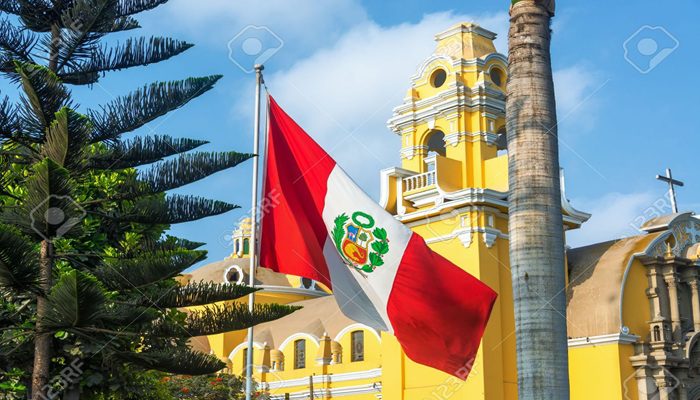
The Peruvian National Flag is a simple yet powerful vertical triband of red and white. Red symbolizes the blood shed for independence, while white represents peace and justice. A popular, though unconfirmed, story suggests the liberator José de San Martín chose the colors after seeing a flock of red and white flamingos, called parihuanas. This beautiful 2:3 rectangular flag has an interesting design origin story.
Cuba: The Solitary Star

The Cuban National Flag is marked by the distinct red triangle and single white star—the Estrella Solitaria (Solitary Star). The star symbolizes independence and the blue stripes represent the three military departments that existed at the time. This 1:2 rectangular flag’s design was created by the exile Narciso López in 1849, long before it was officially adopted in 1902. This makes it one of the older independence National Flags in the Americas.
Argentina: The Sun of May
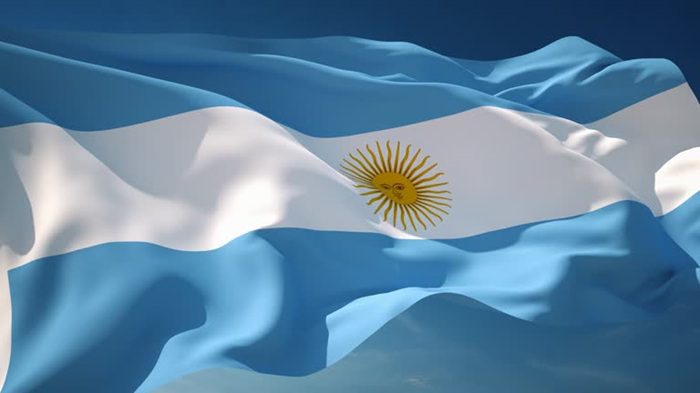
Argentina’s distinctive National Flag features light blue, white, and light blue horizontal bands. The colors are traditionally linked to the loyalty ribbon used during the May Revolution. The central emblem, the “Sun of May,” represents the Inca god of the sun, Inti, symbolizing the nation’s rising. This powerful 5:8 rectangular flag design was standardized in 2010. Note that the civil version of this National Flags may be flown without the Sun.
Poland: Simplicity and Courage

The Polish National Flag is a minimalist design consisting of two equal horizontal stripes: white over red. The colors are derived from the Polish coat of arms: white representing the white eagle and red representing the field of the shield. This powerful simplicity reflects the nation’s long struggle for sovereignty. Adopted in 1919, this 5:8 rectangular flag is another excellent example of a deeply symbolic European National Flags.
Austria: The Legendary, Blood-Stained Banner

The Austrian National Flag, composed of red, white, and red horizontal stripes, is one of the world’s oldest National Flags in terms of lineage. Legend claims its origin is a blood-soaked tunic worn by Duke Leopold V during a 12th-century battle, with the white stripe being the only part remaining untouched beneath his belt. This National Flags design, with its 2:3 ratio, was officially re-adopted in 1945.
Belgium: A Unique Ratio
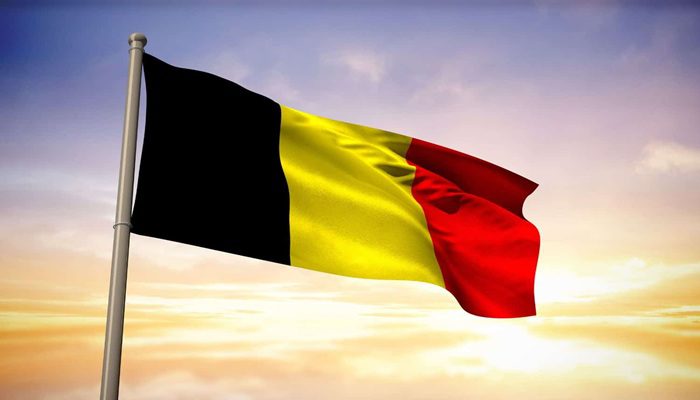
The Belgian National Flag is a vertical tricolour of black, yellow, and red. These colors are drawn from the Duchy of Brabant’s coat of arms. Black represents force or resolve, yellow is for generosity, and red symbolizes hardiness and courage. Although commonly seen in a 2:3 ratio, the technically official proportion for this rectangular flag is the unusual 13:15. This ratio makes the flag slightly taller than it is wide, giving it a unique visual style among its European peers.
FAQs About National Flags
What is the unofficial aspect ratio often used for the Belgian National Flag?
Although the official ratio is 13:15, the flag of Belgium is commonly seen and used with the more standard 2:3 aspect ratio.
What does the Sun of May on the Argentine National Flag symbolize?
The Sun of May represents the Inca sun god Inti and symbolizes the nation’s dawning of independence.
Why is the Austrian National Flag considered one of the oldest designs?
Its red-white-red pattern is linked to a legend involving Duke Leopold V in the 12th century, pre-dating many modern flag designs.
National Flags: Study of Enduring Symbols
This latest group of National Flags truly emphasizes the deep connections between flag design, revolution, and myth. From the South American unity symbolized by the Sun of May to the legendary origins of the Austrian banner, each flag is a testament to national spirit. The variety in ratios, including the 5:8 and the unconventional 13:15 for Belgium, makes the study of National Flags constantly intriguing.
Which flag’s design—from Peru’s colors of independence to Cuba’s solitary star—do you think is the best visual product of its nation’s history? Share your comments below!
Would you like me to generate a feature image (16:9 aspect ratio) for this fifth blog post?
#PeruFlag, #CubaFlag, #ArgentinaFlag, #PolandFlag, #AustriaFlag, #BelgiumFlag, #NationalFlags, #FlagFacts, #Vexillology, #SouthAmericaFlags, #EuropeanFlags, #AspectRatio, #Tricolour, #SolitaryStar










